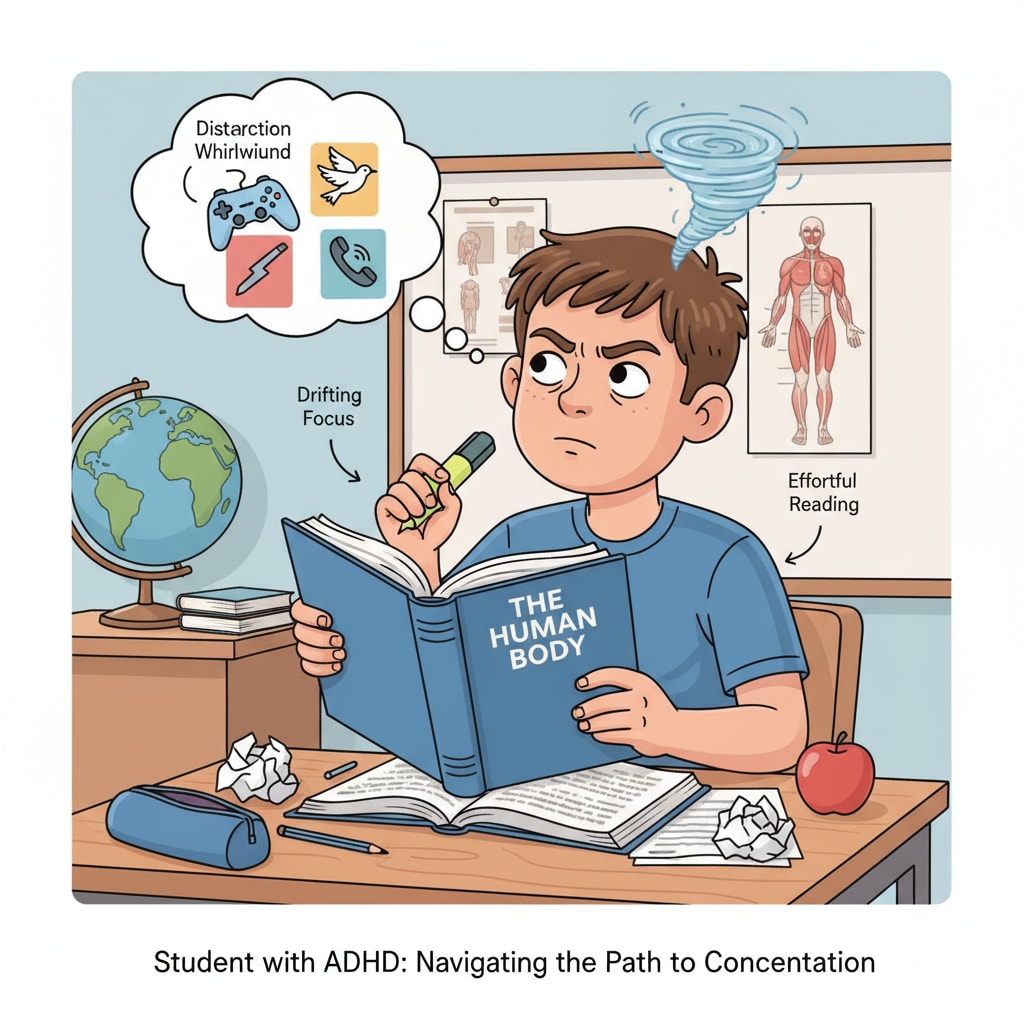Theory learning can be particularly challenging for learners with attention deficits and hands-on learners. These individuals often struggle to stay focused during traditional theoretical lessons and may find it difficult to relate abstract concepts to real-world applications. However, with the right strategies, they can overcome these obstacles and excel in their academic pursuits.

Understanding the Challenges
Learners with attention deficits may have trouble concentrating for extended periods, which is a common requirement in theory-based classes. They might find their minds wandering during lectures or while reading textbooks. Hands-on learners, on the other hand, thrive when they can actively engage with materials through touch, movement, or real-life experiences. Abstract theories can seem distant and unappealing to them. For example, a hands-on learner might struggle to understand the principles of physics from a textbook but could easily grasp the same concepts by building a simple model. Learn more about attention deficit disorder on Verywell Mind

The Reverse Learning Method
One effective approach for these learners is the reverse learning method. This involves starting with exam questions or practical problems related to the theory. By analyzing the questions, learners can identify the key concepts and knowledge areas they need to master. For instance, if the exam question is about applying a certain economic theory to a real-world scenario, the learner can work backward to understand the theory’s components. This way, the learning becomes more goal-oriented and less abstract. Explore more learning strategies on Education Corner
Another advantage of the reverse learning method is that it helps learners with attention deficits stay focused. Since they are working towards a specific goal – answering the exam question correctly – they are more likely to maintain their concentration. For hands-on learners, it provides a practical context from the start, making the theory more relatable.
Readability guidance: Use short paragraphs and lists to summarize key points. Try to provide a list under each H2. Control the proportion of passive voice and long sentences. Add transitional words (however, therefore, in addition, for example, as a result, etc.) throughout the text.


